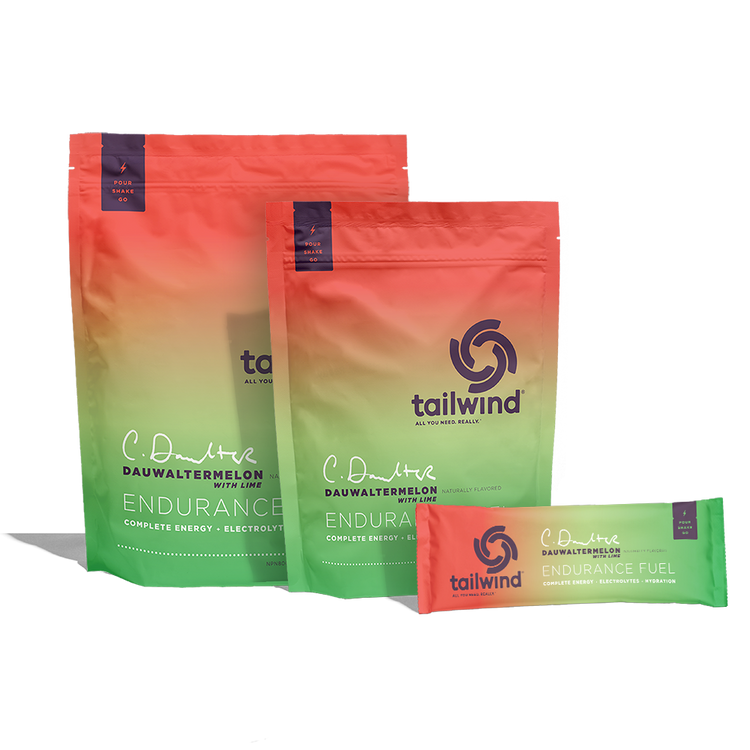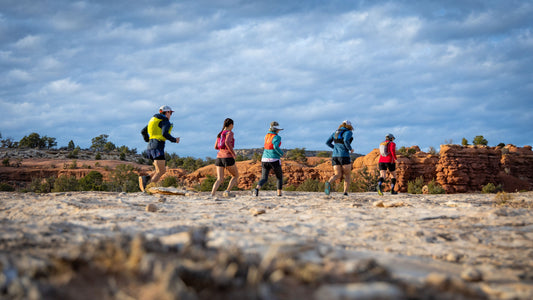The Keto Athlete: Turbocharging with Tailwind
0 Comments
By Art Zemach, M.D
“The strategic use of carbs by the keto athlete can be the single best way to maximize performance.” Joe Sulak, Exercise Physiologist and Endurance Coach
The terms “keto athlete”, “ketogenic diet”, “low-carb athlete”, and “fat-adapted athlete” can mean different things to different people. We will use a commonly accepted definition of a ketogenic diet: a low-carbohydrate, moderate protein, high-fat diet that promotes a state of nutritional ketosis, with serum ketones between 0.5 and 3.0 mM by fingerstick testing.
Tailwind is Rocket Fuel for Racing
We know from Jeff Volek, Ph.D.’s FASTER study that athletes who have become fat-adapted on a low-carb diet metabolize fat almost two times faster than athletes on a high-carb diet. The increased ability to obtain energy from fat is beneficial in a number of ways.
However, if two identical twins, who are both low-carb fat-adapted athletes, are racing, the one who also consumes carbohydrates will win. This is because carbs are a more powerful fuel per liter of oxygen consumed than either fats or ketones. Many ultra-distance fat-adapted athletes have figured this out and will use somewhere between 75 and 200 calories per hour of carbohydrates when they race. Some elite low-carb athletes will even race with as much as 300 calories per hour of carbohydrates.
Low-carb athletes will want to do most of their training without carbohydrates to become fat-adapted. However, on race day, added carbohydrates such as Tailwind Nutrition Endurance Fuel will turbocharge your race.
Improve Your Recovery After a Keto Workout
After any workout, you need to focus on recovery and rebuilding your muscles. The longer you wait to do this, the more likely you are to experience muscle soreness from inflammation. The healthiest way to jumpstart your recovery is to consume protein and carbohydrates right after your workout. The perfectly complete protein and added carbohydrates in Tailwind Nutrition Rebuild are designed to do just that.
You might be thinking, “I understand the need for protein after a workout, but I’m a keto athlete so why do I also need carbs?” Whether you realize it or not, you cannot rebuild muscle and make ketones at the same time. Rebuilding muscle is a high-insulin, anabolic activity, while burning fat and making ketones is a low-insulin, catabolic activity. You can’t do both simultaneously.
The controlling enzyme for muscle protein synthesis, mTor, will not turn on unless it has all the essential amino acids it wants for muscle rebuilding, as well as enough insulin and glucose to signal that your body is not starved for energy. If you only eat protein after a workout, your body will begin by converting the protein’s amino acids into glucose until there is enough glucose and insulin to turn on mTor. That’s not a great use of dietary protein. After a workout, it’s better to consume a quality protein and carbohydrates at the same time.
One serving of Rebuild has 42 grams of carbohydrates, and you might be thinking “That seems like a lot of carbs. Is it too much?” The answer is no. You’re using them during the “golden hour” after exercise when your muscles are especially efficient at taking in energy.
Taking it Personal
Here’s an experiment I occasionally do on myself. I’m in ketosis (ketones between 0.5 and 3.0 mM) in the morning, before a 2-hour run, and after the run. Then I drink Rebuild, and test my ketones once-an-hour for the rest of the day, while continuing to follow a ketogenic diet, and I never leave ketosis. The 30-60 minute “golden hour” after exercise is a metabolically special time when carbohydrates turn on your muscle-building machinery and replenish your glycogen stores, which allows you to consume some extra carbs and remain in ketosis.
Summing it Up
As a fat-adapted athlete, you can consume between 100-300 calories, equivalent to 1-3 scoops, of Endurance Fuel mixed with 24 oz of water per hour of exercise to turbocharge your race performance. Wait at least 30 minutes into your race before taking in any carbohydrates to allow your body to transition from rest to race physiology.
While carbohydrates are rocket fuel for racing, you may want to train without them to promote fat adaptation. You can improve the speed and quality of your recovery by using Rebuild after your workout to turn on muscle rebuilding early, without throwing you out of ketosis.
Have fun out there, and we’ll see you on the trails!







